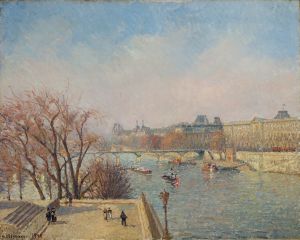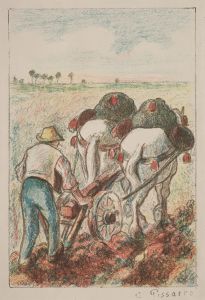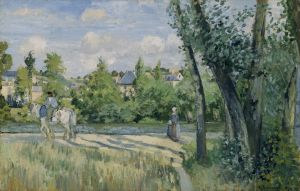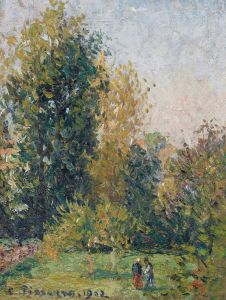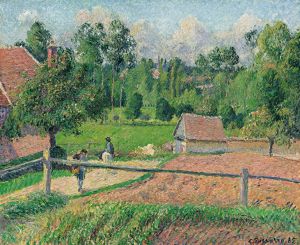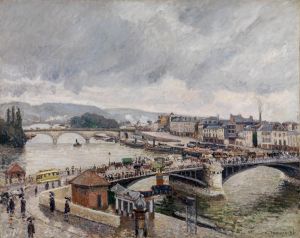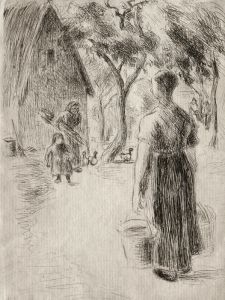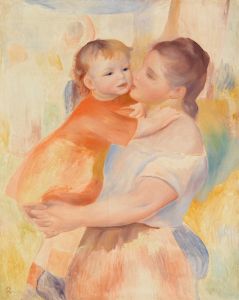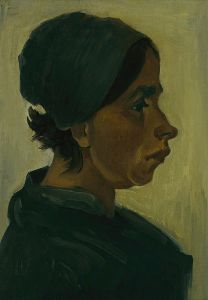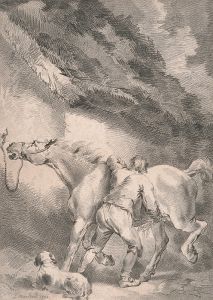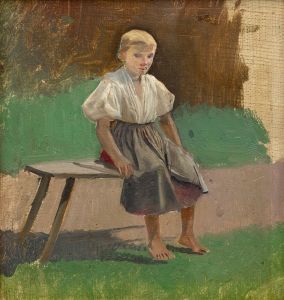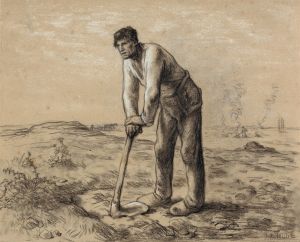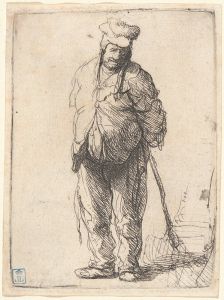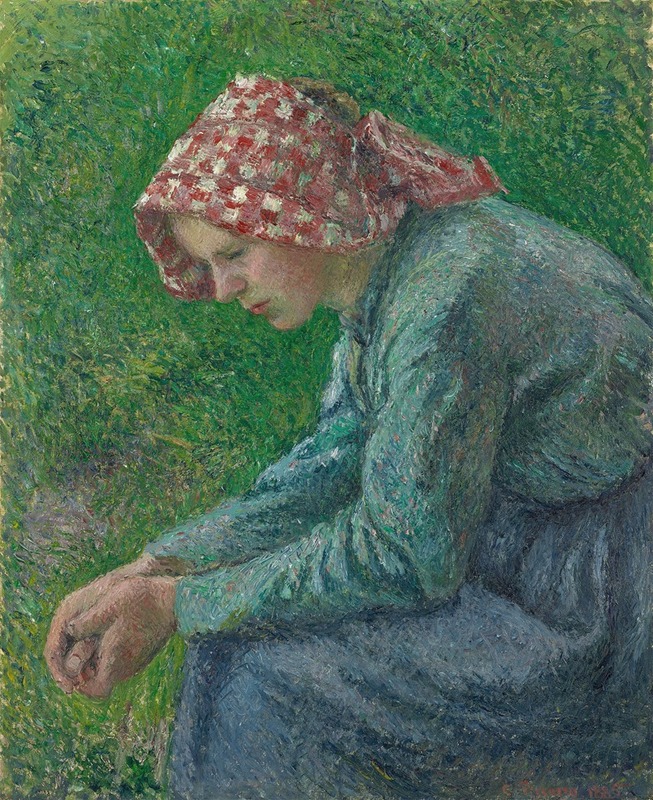
A Seated Peasant Woman
A hand-painted replica of Camille Pissarro’s masterpiece A Seated Peasant Woman, meticulously crafted by professional artists to capture the true essence of the original. Each piece is created with museum-quality canvas and rare mineral pigments, carefully painted by experienced artists with delicate brushstrokes and rich, layered colors to perfectly recreate the texture of the original artwork. Unlike machine-printed reproductions, this hand-painted version brings the painting to life, infused with the artist’s emotions and skill in every stroke. Whether for personal collection or home decoration, it instantly elevates the artistic atmosphere of any space.
"A Seated Peasant Woman" is a painting by the renowned French artist Camille Pissarro, a pivotal figure in the Impressionist movement. Pissarro, born on July 10, 1830, in the Danish West Indies, was a key proponent of Impressionism, known for his innovative techniques and dedication to capturing the nuances of rural and urban life.
This particular painting, "A Seated Peasant Woman," exemplifies Pissarro's deep interest in rural themes and his commitment to portraying the lives of peasants with dignity and realism. The painting depicts a woman seated, likely taking a moment of rest from her laborious daily tasks. Pissarro's choice to focus on peasant life was not merely an artistic decision but also a reflection of his political beliefs. He was known for his anarchist views and often depicted the working class with empathy and respect, challenging the traditional art norms of his time.
Pissarro's technique in this painting is characteristic of his mature style, where he employs loose brushwork and a subtle palette to convey the textures and atmosphere of the scene. The use of light and shadow in "A Seated Peasant Woman" is particularly notable, as it highlights the contours of the woman's figure and the folds of her clothing, adding depth and realism to the composition. This approach is consistent with the Impressionist focus on capturing the effects of light and the transient nature of moments.
The setting of the painting is rural, which aligns with Pissarro's frequent choice of countryside locales. He often painted en plein air, a practice that allowed him to observe and depict the natural environment with immediacy and authenticity. This method was central to the Impressionist movement, emphasizing the importance of direct observation and the depiction of contemporary life.
Throughout his career, Pissarro was a mentor to several younger artists, including Paul Cézanne and Paul Gauguin, and he played a significant role in organizing the Impressionist exhibitions. His influence extended beyond his own works, contributing to the broader acceptance and evolution of modern art.
"A Seated Peasant Woman" is a testament to Pissarro's skill in portraying everyday subjects with a sense of grace and significance. The painting not only reflects his technical prowess but also his philosophical commitment to representing the lives of ordinary people. It stands as an example of how art can serve as a vehicle for social commentary, offering viewers a glimpse into the world of 19th-century rural France through the eyes of one of its most perceptive observers.
While specific details about the painting's provenance or current location might not be widely documented, its significance lies in its representation of Pissarro's artistic and ideological principles. As with many of Pissarro's works, "A Seated Peasant Woman" continues to be appreciated for its contribution to the Impressionist movement and its empathetic portrayal of its subject matter.






